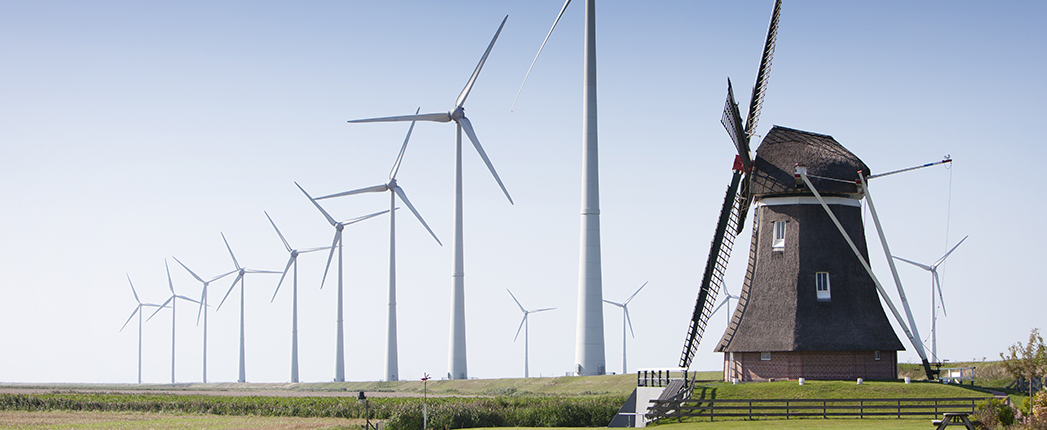
The European Union built a record 17 gigawatts of wind energy generating capacity in 2023, a 13% increase from 2022, but the pace remains well behind the annual growth rate of 30 GW needed to meet the bloc’s 2030 targets, according to data released last week by WindEurope.
Germany built the most new capacity last year, followed by the Netherlands and Sweden, Brussels, Belgium-based WindEurope said in a press release. The Netherlands added the most offshore wind capacity, including the Hollandse Kust Zuid project. At 1.5 GW, the North Sea project became the world’s largest subsidy-free, offshore wind farm.
The organization projects that Europe will build an average of 23 GW of wind energy generation capacity annually from 2024-2028 period. WindEurope said it believes the actions set out in the EU Wind Power policy package should bring a major increase in annual build-out.
On Dec. 19, the energy ministers of 26 EU member states endorsed the European Wind Charter, committing to changes to wind energy auction design and permitting, along with investments in Europe’s wind energy supply chain and supporting infrastructure.
Wind turbines generated 19% of the electricity produced in the EU last year, the organization said. Hydroelectric facilities generated 13%, solar facilities 8% and biomass systems 3%, giving renewables a combined 44% of electricity produced.
Wind turbines use several types of lubricants including gear oil in turbine gearboxes, which are eliminated in some newer direct drive turbines; hydraulic fluid for the hydraulic systems that control the pitch of turbine blades; and grease for the main rotor shaft bearing, the yaw bearing, pitch or blade bearing and generator bearings.